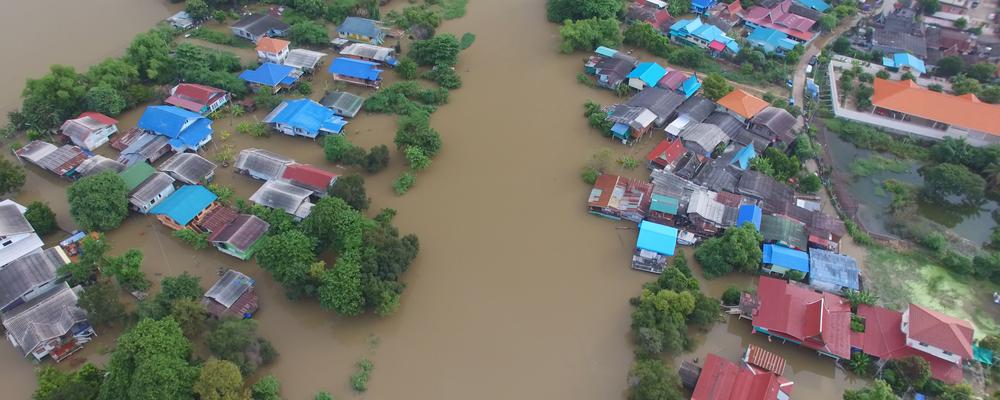In a meta-analysis study, researchers have been able to link the effects of climate change caused by greenhouse gases with greater effects on human health. By searching 77,000 scholarly articles, they found in excess of 1,000 different ways in which climate events gave rise to an increase in infectious diseases. The study has been published in the scholarly journal Nature Climate Change.
“For example, we were able to connect a cholera outbreak in Finland and northern Sweden to an increase in the Baltic Sea’s water temperature that saw it rise two degrees Celsius over its usual level. The cholera bacteria thrived in the warmer water,” says Tristan McKenzie, a researcher at the Department of Marine Sciences at the University of Gothenburg, who conducted the meta-analysis study alongside colleagues at two US universities.
830 studies showed a connection
The study focused on finding scholarly reports where outbreaks of disease were connected to climate events arising from increased emissions of greenhouse gases. Climate events can include droughts, floods, storms and changed soil conditions. The researchers produced a database in which they found a connection between infectious diseases and a range of climate events.
“In 830 academic studies, we were able to establish a connection. In total, 58 per cent of all known infectious diseases were made worse by climate change precipitated by the greenhouse effect. These diseases were made better in only nine cases,” says Tristan McKenzie.
The meta-analysis study showed that rising temperatures, rainfall, floods, drought, storms, changed soil conditions, climate change effects on the maritime environment, fires, heatwaves and rising sea levels all had an impact on infectious diseases caused by viruses, bacteria, animals, plants, fungi and various micro-organisms. Some climate effects also compromised immune system. For example, drought can lead to malnutrition in populations who thus become more susceptible to infections.
Heat aggravated the spread of many diseases
Warmer weather, heavier rainfall and flooding each aggravated the spread of in excess of 100 diseases. Often these diseases were those spread by insect bites, such as malaria, dengue fever and Zika disease. They might also include diseases such as hepatitis, which is spread through contaminated drinking water.
“This connection has been made previously in smaller, limited studies, but our study is much bigger and is able to show the extent of this threat to our health. We have only looked at climate hazards caused by greenhouse gases, but there is much to suggest that rates of infectious diseases are increased by climate change in general,” says Tristan McKenzie.
The researchers found 830 scholarly articles where climate change affected the spread of infectious diseases. The analysis showed that 218 out of a total of 375 known infectious diseases could be connected to climate change caused by the greenhouse effect.
“We have kept within strict limits in our selection, which is why our conclusion is a conservative estimate of the actual impact. The only way to slow down this trend is for humans to minimise their greenhouse gas emissions,” says Tristan McKenzie.
The article in Nature Climate Change: Over half of known human pathogenic diseases can be aggravated by climate change
